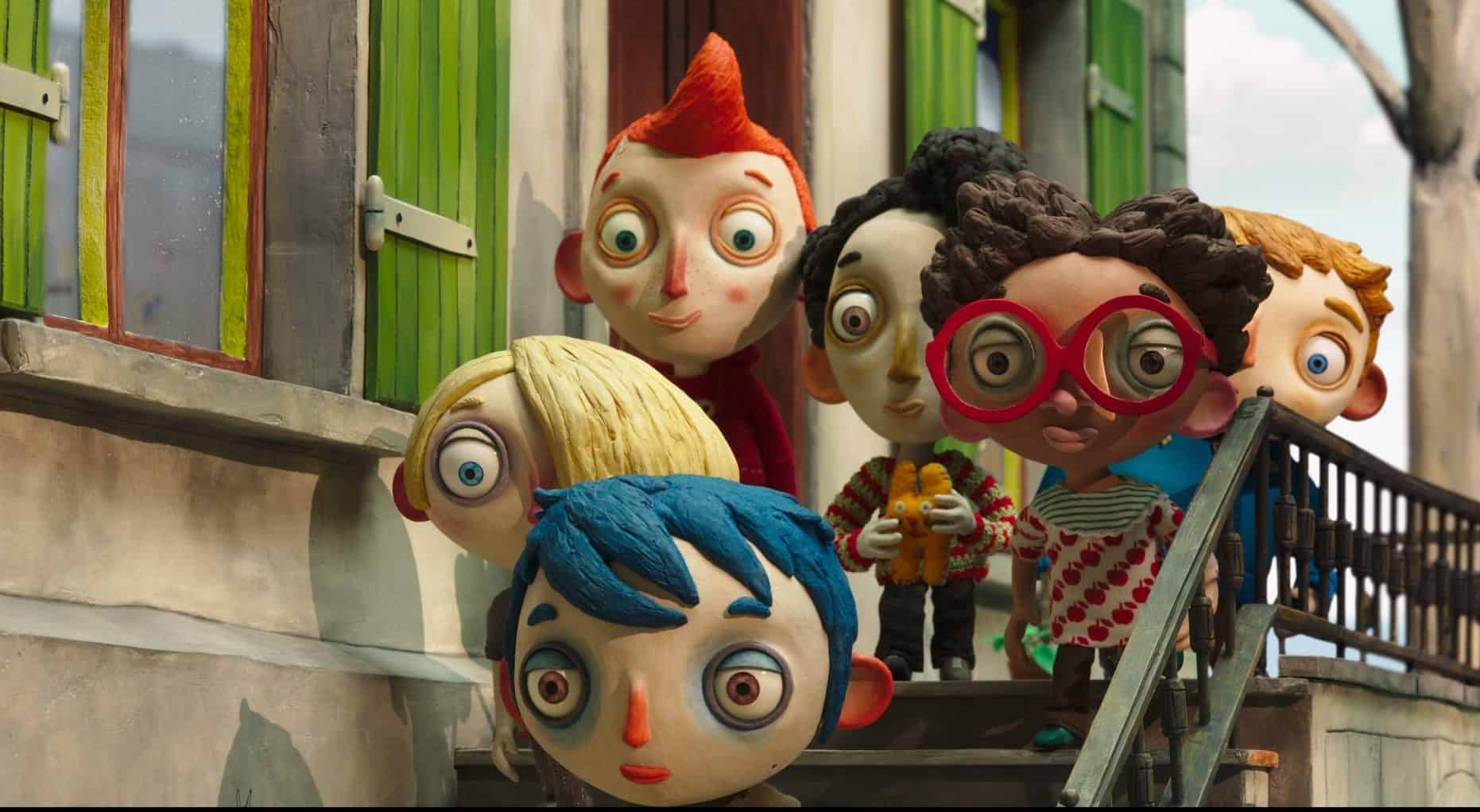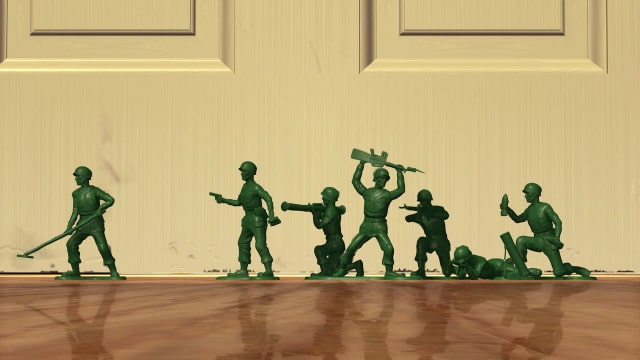
These three films use cliché the right way.
Last week, I wrote about how much I hate Midnight in Paris. As expected, many of our readers disagreed with my labeling the film as cliché and terrible. One person went so far as to accuse me of being like Gil (Owen Wilson’s character), which, if I’m being honest, was hurtful, yet fair. It is not surprising that so many defended the Academy Award-winning film, which boasts a 93% on Rotten Tomatoes and is widely considered to be one of Woody Allen’s best. But, what did surprise me were the many readers who defended Midnight in Paris by arguing some version of: “the entire point of the film is to be cliché.” To this point, I now reply, What?!
To say that a film is purposefully cliché is to say that it is purposefully unoriginal, that it is purposefully tired and boring, and predictable. In other words, it is to say that Midnight in Paris is purposefully bad. Even I, someone who hate watches this film regularly, would not go so far as to argue this point. (Side note: If Ahab loved the whale, does this mean I actually love Midnight in Paris? I will explore these feelings and get back to you.)
Now, it goes without saying that it is impossible for any film to be completely devoid of cliché. In fact, superb directors often use cliché as a plot device; to make us think we know what is coming and then deliver the opposite. And so, in the wake of my diatribe against Midnight in Paris, I figured I would discuss a few films that effectively utilize cliché.
My Life as a Zucchini
If you are looking for a truly wonderful film to watch on Netflix, I would highly recommend My Life as a Zucchini, the 2016 stop-motion animated film by Claude Barras. It is a meticulously crafted and beautifully compelling tale about a young boy named Icare, who insists on being called Zucchini. At the outset of the film, Zucchini accidentally kills his alcoholic and abusive mother and is sent to live in an orphanage. While there, he befriends a young girl named Camille.
One night, the two find themselves laying on their backs and gazing at the stars. Camille tells Zucchini that after her parents died, she was sent to live with an angry aunt who treated her poorly. She says she now feels at home at the orphanage. While sad and genuine, this is a story we have heard before, like, say, one about a certain wizard who feels more at home at school than he does at 4 Private Drive.Their conversation is familiar, and we begin to anticipate what is coming next.
Zucchini then tells Camille about a dream he has in which his mother is alive, watching television and drinking — a story the film has already told its audience. Yet, just as we think their cliché conversation is over, Zucchini delivers the gut-wrenching line, “And in the dream, I drink a lot, too.” Because I let my guard down, this line served as a sucker-punch right to the heart. And because the film effectively prefaces Zucchini’s statement with cliché, we feel their pain that much more. Unlike Midnight in Paris, My Life as a Zucchini couples its clichés with moments of originality that enhance the film and the emotions it is trying to evoke.
Young and Innocent
Of course, films often not only engage in verbal clichés but also visual ones. The master of reinventing visual clichés, and so much else, is Alfred Hitchcock. He is constantly playing with our expectations. As he said to Francois Truffaut, audiences always think they know what is coming next, and his job as director is to ask, Do you? An entire book could be, and probably has been, dedicated to the way in which Hitchcock reinvents clichés. There are many I could list, but I would like to use an example from the first Hitchcock film I ever saw, Young and Innocent.
As is common for Hitchcock, the film concerns a man who is wrongly accused of a crime. In the course of his quest to prove himself innocent, he falls in love with the daughter of the town’s police chief. He eventually enlists her to help to find the actual criminal.
In one scene, they are being chased by the police and their car plunges into a mine shaft. The man jumps out of the car but the woman remains trapped. As he reaches down to grab her, she extends her hand and keeps missing him as the car falls lower and lower. Hitchcock then cuts to her screaming face. In every dangling-off-the-cliff scene, the cut to the person dangling is what we have come to expect. Hitchcock, however, the shrewd filmmaker that he is, turns this cliché on its head. During that cut, we expect to hear her scream. But, Hitchcock has her remain silent and all we see is her terrified face. Because there is no sound where we expect a scream, it makes the scene even more unsettling and suspenseful.

Toy Story
Perhaps my favorite example of a film taking a cliché and creating something new can be found in Toy Story. Much of the film’s charm is found in the fact that it combines many different film genres into one.
At the outset, the film is Western. When Woody and Buzz get lost, they travel to Pizza Planet and enter a science-fiction sequence. And at the film’s end, we meet Syd’s toys and end up in a horror movie. My favorite example of this comes early in the film, during Andy’s birthday party.
Scared that Andy will receive cool toys that will replace him and his friends, Woody sends out a group of green, plastic army men, led by Sarge, on a reconnaissance mission to the living room. Here, the film enters the cliché war scene, where a group of soldiers advances towards the war zone to gather intelligence.
But, the platitudes are presented in a completely new and imaginative way. The men parachute into the action with a jump rope. They use a baby monitor to communicate back to home base. And, when one of their men gets injured, Sarge, as is custom for a leader at this moment, saves his man and says, “A good soldier never leaves a man behind.” As he drags him off, his feet hilariously shuffle back in forth on the platform to which they are glued. Toy Story takes this cliché and presents it in a completely new and imaginative way.
There are many other examples I could have listed. And even more, I have yet to see. As these examples show, it is alright for films to engage in cliché, they just need to go beyond that cliché and deliver something new and original. In other words, they need to be the antithesis of Midnight in Paris.
Related Topics: Alfred Hitchcock, midnight in paris, toy story

